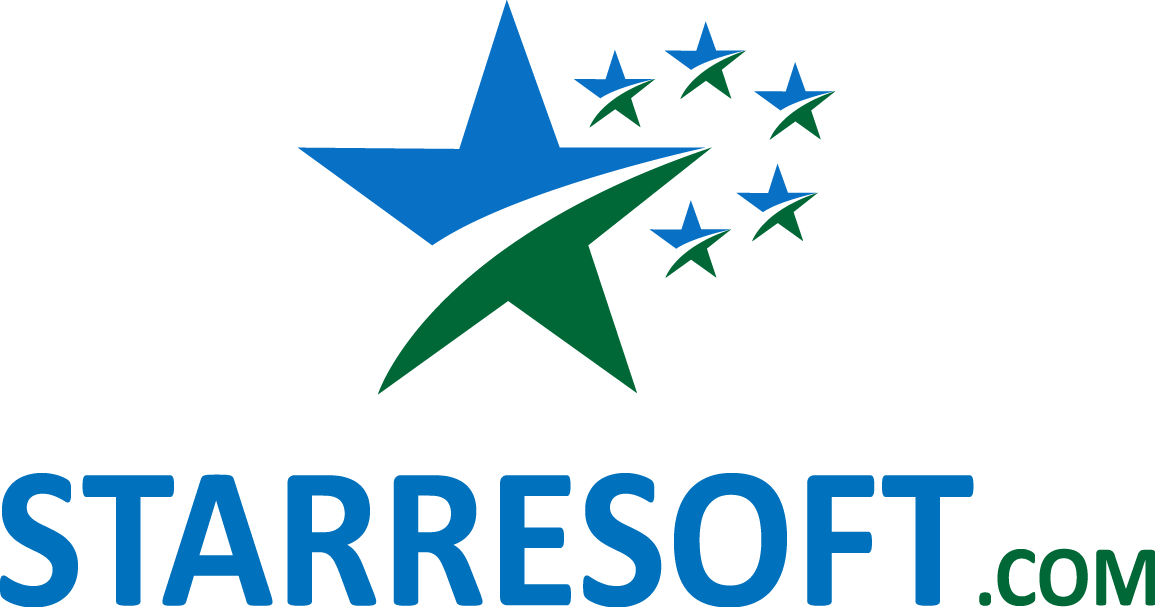Home → Star Bill of Lading → Installation → Installing Network Edition of Software
2.6. Installing Network Edition of Software
If you have downloaded the software from our web site, you would have downloaded a file called bol1200N.exe
All you need to do is to run the file you downloaded. To do this, you can either dbl-click on it, or run it. This will run the installation program. During the installation, you will be prompted to accept the license agreement, along with other information needed to perform the installation. When the program is finished installing, the installation program will close and you will be finished with the install.
Here is a sample of the screens you will see during the installation process:
To set up the Network Version of this software, you must follow these instructions.
1.) Install the Star Bill of Lading Network Edition program onto your workstation and any other workstations that will be running the software.
2.) After you have finished the install, the default folder for the data is located below.
C:\Users\Public\Documents\StarreSoft\Star Bill of Lading\data
(This folder contains all the necessary data files to run the Bill of Lading program.)
3.) Next check to see if the program runs on all of the workstations you installed the software to. You may be prompted to fill out the Questionnaire for the software. You may skip this for now. If everything works, then you are ready to proceed. (Do not worry about the data yet. This will be setup later.)
4.) Create a folder on your server. (Our server is F:) For example, Star BOL Data.
Right click your server (1), click on New (2) and select Folder (3)
Rename the New folder.
Now you need to copy the current data files to the new folder on your server. Locate your current data.
Navigate to the default data location. Should be C:\Users\Public\Documents\StarreSoft\Star Bill of Lading/data
Right click on the data folder and then click Copy.
Then navigate to your new data folder location on your sever (or workstation serving as server).
Right click and select Paste.
Your new data folder should now reside in the folder you created on the server
5.) After this option is completed the new files will be created and the program will close. You will need to re-run the Bill of Lading software for the new files to take effect.
6.) When the software if run with the new database setup, you will be sent to Bill of Lading Setup Questionnaire so you can answer some questions on how you would like the system to be setup and some of the different options to be used. All of the answers you give can be changed at a later time from inside the program, this just helps get you started. You can change the information that is defaulted or leave as is. Click on the Next Button at the bottom of the screen to continue through all the screens then click Exit
7.) Your new database should now reside in the folder you created on the server or shared workstation that you just set up. And are good to go on this workstation.
WORKSTATION CONFIGURATION SETUP
8.) Now you need to setup your workstation(s) to point to the folder on the server that you just created and loaded with the data files. You need to run the utility called Workstation Configuration Setup Utility. This will handle the setup process for you. This program was installed during the installation process and can be run by clicking on the Windows Start button, then use the Star Bill of Lading drop down and select Workstation Configuration Setup Utility.
This will display the Current Location of the data files. To configure the data pointer, you need to click on the Set Location button.
This will show you a layout of your folders and network drives. Select the Server/Workstation that you copied the original data files to: Our example, F:\Star BOL Data\data.
Then click OK. If you did this correctly, and the files reside in this folder, you will be notified. Then click Post. Your system should be setup correctly.
Perform the same task on each of the other workstations you have installed the software on, and the installation process is completed.
